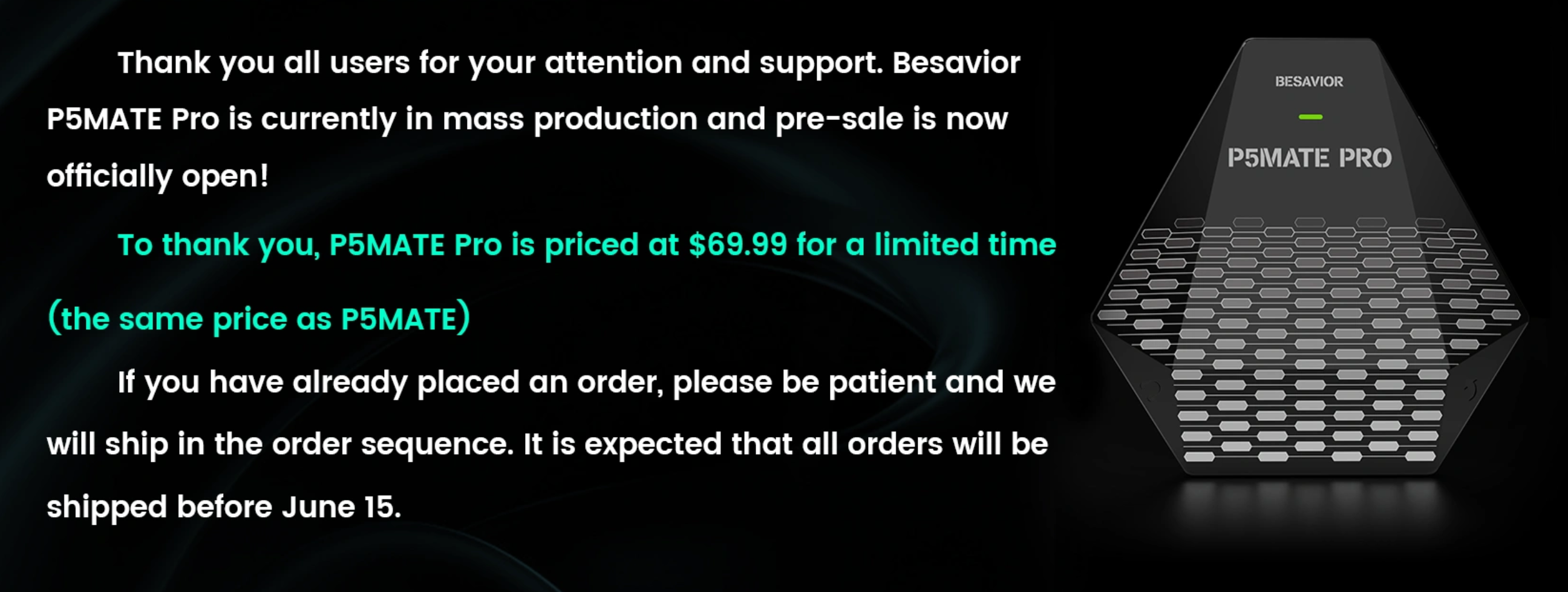As demand for efficient and eco-friendly packaging solutions grows, manufacturers are looking for high-output machines that also make financial sense. In this context, the Cap Compression Molding Machine Price becomes a key factor in production planning, influencing decisions across operations, budgeting, and product line development. With advancements led by companies like Taizhou Chuangzhen Machinery, it’s now possible to access world-class technology while maintaining reasonable investment levels. Understanding the Cap Compression Molding Machine Price means evaluating not just the equipment’s features, but its complete lifecycle value. The core advantage of compression molding over injection lies in lower material waste, faster cycle times, and improved energy efficiency. These benefits often offset the initial cost of the machine, especially for high-volume users. Chuangzhen’s machines, for example, are equipped with optimized mold cooling, real-time temperature regulation, and energy-saving drive systems. These contribute to better long-term profitability even if the machine comes at a premium compared to more basic alternatives. Size and throughput capacity directly affect pricing. A machine with 32 or 48 compression stations will have a higher price than one with only 16, but the cost per produced cap is usually much lower at higher scales. That’s why large-scale beverage or dairy packaging lines frequently choose fully automated rotary systems that can maintain non-stop operation with minimal operator input. Chuangzhen’s models are specifically designed to handle such industrial workloads, with features like centralized lubrication, dust-resistant enclosures, and high-precision mold systems. Digital control systems also contribute to cost variability. Machines that include programmable logic controllers (PLC), touchscreen interfaces, and integrated monitoring sensors provide a higher degree of precision and automation but naturally increase the price. However, these systems reduce human error, ensure consistent cap quality, and provide remote troubleshooting capabilities, especially valuable for manufacturers with distributed or remote facilities. Some buyers might be tempted by low-cost alternatives with limited support or outdated technology. However, these often lead to frequent maintenance needs, poor part availability, and inconsistent output. Investing in a well-supported machine with durable components can be more cost-effective in the long run. Chuangzhen builds its compression molding machines using high-strength structural parts, anti-wear coatings, and easy-to-service layouts to minimize unplanned downtime and lower maintenance costs. Customization and auxiliary functions can also impact the overall investment. Options like mold preheating, automatic de-flashing, integrated cap lining, or vision-based inspection systems add to the base machine price but often improve quality control and efficiency. Chuangzhen allows customers to tailor their systems according to specific production needs, whether for sports caps, flip tops, or tamper-evident closures. Operational environment and utilities may further affect machine choice. For instance, plants with limited energy supply may opt for machines with lower kWh consumption, even if they cost slightly more up front. Likewise, compact machine footprints can be critical for small workshops or production lines with space restrictions. To find the right machine that aligns with your budget, capacity requirements, and operational goals, it’s essential to work with a supplier offering technical expertise, after-sales support, and transparency in pricing structure.For machine specifications, configuration options, and updated quotation support, visit Taizhou Chuangzhen Machinery’s official website: https://www.capping-machine.net/ .
| 